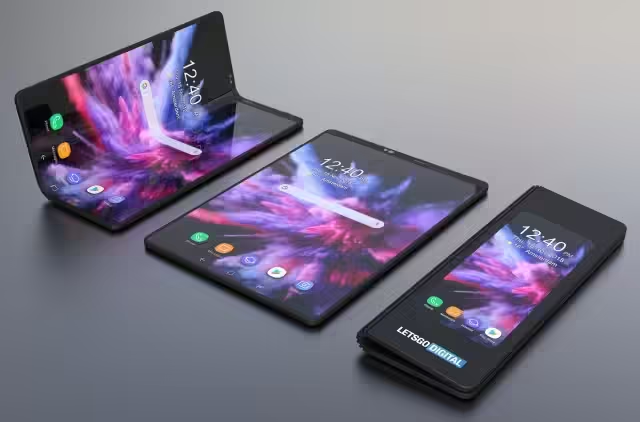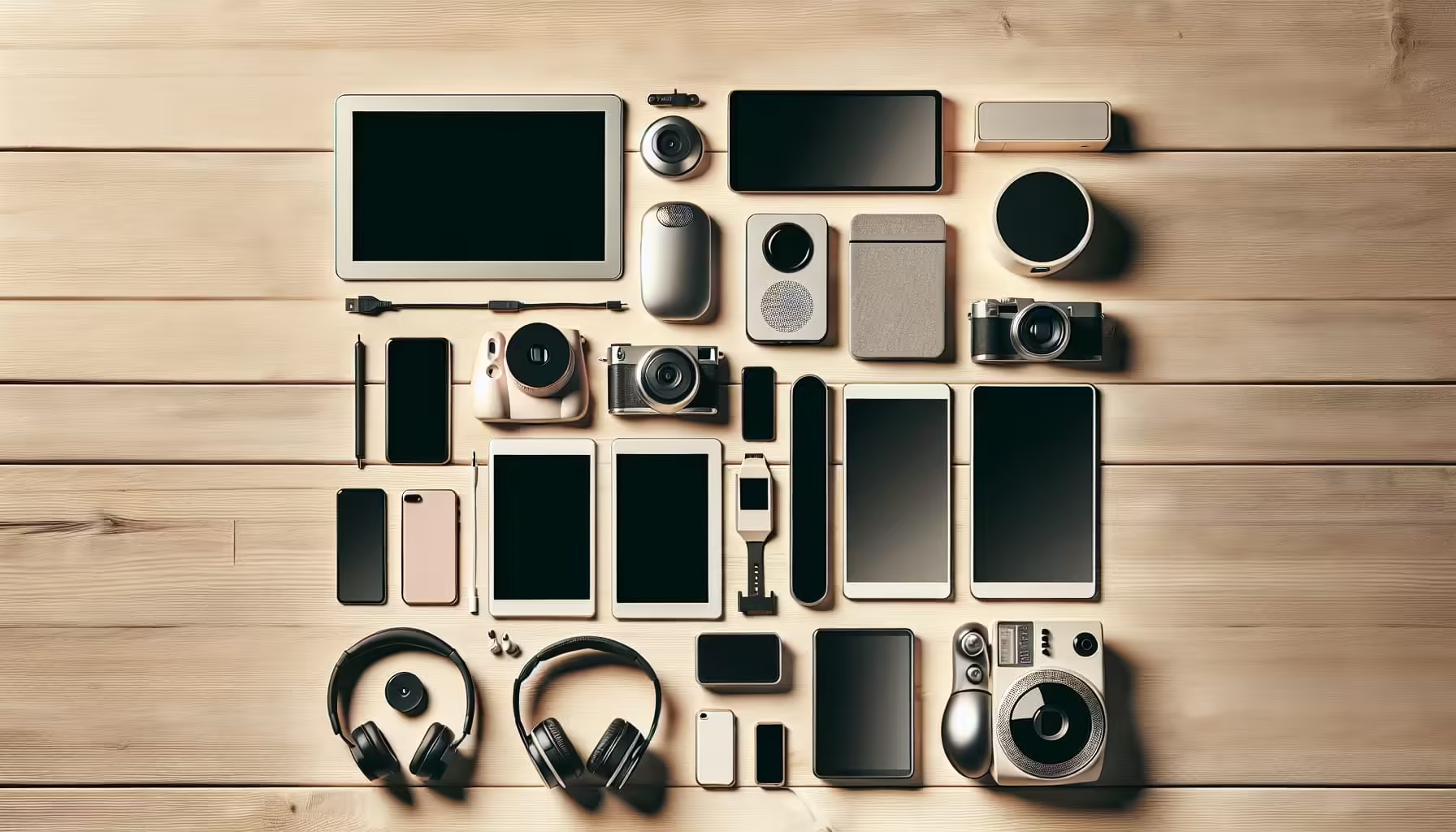Table of Contents
Foldable Phones
In an era where technological advancements seem to outpace our expectations, the rise of foldable phones has emerged as a fascinating chapter in the evolution of mobile devices. These innovative gadgets have captured the imagination of tech enthusiasts and consumers alike, promising a seamless blend of portability and versatility. As we venture deeper into the realm of technological innovation, the question looms large: Are foldable phones the future of mobile devices?


Unveiling the Foldable Phenomenon
Foldable phones represent a departure from the conventional slab-like design that has dominated the smartphone landscape for years. They offer a unique proposition by seamlessly blending compactness with an expansive display, transforming the user experience. The ability to fold and unfold these devices introduces a new dimension, providing users with the convenience of a smaller form factor without compromising on screen real estate.


The Evolution of Foldable Technology
The inception of foldable phones marked a milestone in technological innovation, but their journey has been a culmination of years of research and development. Manufacturers have invested substantial resources to overcome engineering challenges, refining flexible display technology and hinge mechanisms to ensure durability and functionality. From the initial prototypes to the latest iterations, foldable phones have undergone significant enhancements, addressing concerns related to screen durability, creasing, and overall usability.
Enhanced User Experience
One of the compelling aspects driving the popularity of foldable phones is the enhanced user experience they offer. These devices enable multitasking in ways previously unimagined, allowing users to effortlessly switch between applications or utilize split-screen functionalities. Whether it’s watching videos, browsing the web, or engaging in productivity tasks, the larger unfolded screen provides a canvas for seamless interaction, catering to diverse user preferences.


Challenges and Opportunities
Despite the remarkable advancements, foldable phones encounter challenges that warrant consideration. Issues related to cost remain a significant barrier for widespread adoption. The sophisticated technology powering foldable displays often translates into higher price points, limiting accessibility for the broader consumer market. Additionally, concerns persist regarding the durability of foldable screens and the longevity of hinge mechanisms, although manufacturers continue to refine these aspects.


The Future Outlook
As the technology matures and production costs decrease, foldable phones are poised to play an increasingly influential role in the mobile device landscape. The ongoing innovations and relentless pursuit of advancements by tech giants indicate a promising trajectory for foldable phones. Anticipated improvements in durability, affordability, and form factor flexibility are likely to make them more appealing to a wider audience, potentially reshaping the smartphone industry.


Conclusion: Embracing the Unfolding Future
Foldable phones represent a captivating intersection of design innovation and technological prowess. Their transformative capabilities offer a glimpse into the future of mobile devices, challenging the status quo and redefining user expectations. While challenges persist, the relentless pursuit of innovation by manufacturers promises to overcome these hurdles, paving the way for a future where foldable phones might indeed become the norm. In the ever-evolving landscape of technology, the rise of foldable phones signifies a bold step towards reimagining the possibilities of mobile devices. Whether they will completely replace traditional smartphones or coexist as a premium offering remains to be seen, but one thing is certain – foldable phones have secured their place as a catalyst for innovation, shaping the future of mobile technology. As we eagerly anticipate what lies ahead, one can’t help but be excited about the unfolding potential of these remarkable devices.






